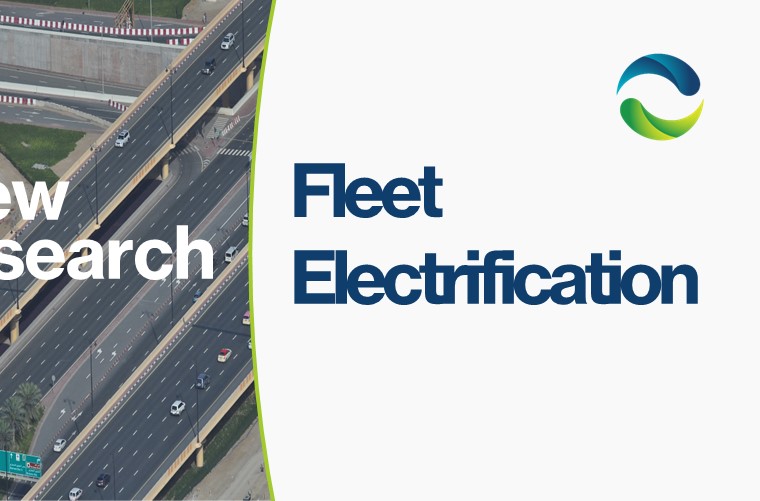Commercial solar photovoltaic (PV) systems are more affordable than ever. Thanks to steadily dropping equipment costs, new ways to acquire solar electricity like virtual power purchase agreements, and tax credits extended by the Inflation Reduction Act, businesses have an array of attractive options to power their operations. Net energy metering (NEM) policies provide additional incentive to go solar, but utilities in many states are pushing to dial back NEM policies and institute additional fees on commercial solar systems. Commercial PV systems may not pay for themselves as quickly and may require the addition of costly battery storage in the future. In the first quarter of 2022, 29 states either introduced new regulations or passed a bill in at least one chamber addressing how small-scale solar PV electricity is compensated by utilities, according to the NC Clean Energy Technology Center.
When commercial solar systems produce more energy than they use, they supply that energy to the grid and the owner earns revenue. Utilities using NEM will pay customers for the excess electricity at the same retail rate as the utility’s own generated electricity. Businesses should not ignore NEM revenue when evaluating the cost of solar PV systems. Solar power production peaks during mid-day, when businesses tend to be open and using power. This means the benefit of NEM is smaller than for residential systems that provide peak power when people tend to be out of the home, resulting in a larger surplus (though the COVID-19 pandemic altered these patterns). However, solar PV systems continue to produce power on weekends, holidays, and other times when business’ electricity consumption may fall below the solar system’s capacity.
Payback periods on solar PV systems vary depending on system size and equipment, geography and panel orientation, and complexity of installation. With NEM accounted for, this often means a 100% return on the investment in well under ten years, maybe even less than five for a solar PV system without battery storage. Without NEM, payback periods may stretch well beyond ten years— an important distinction when the life of a solar system’s panels is 25-30 years.
Six states already use other compensation structures that pay less than NEM or have additional requirements. New York ended NEM in favor of a reduced rate that considers the costs of small-scale solar PV to the utility on January 1, 2022. Five states are currently transitioning away from net metering (Connecticut, Illinois, Indiana, Kentucky, and Michigan), and California and North Carolina may follow suit in the coming weeks. In a departure from the trend, Florida governor Ron DeSantis vetoed a bill in July that would have ended net metering statewide. Industry experts predict that as adoption of solar PV systems grows, utilities will push harder to reduce how much they pay for electricity sold onto the grid. Many state utilities commissions have begun to conduct benefit studies that quantify the value of small-scale solar PV systems, which may lead them to re-evaluate how solar electricity producers are paid for their excess electricity.
For businesses exploring PPAs, leasing or installing their own solar energy, a transition away from NEM would mean PV systems have a longer payback period, though it’s likely systems will still result in savings over their lifetime. In this scenario, battery storage makes more sense than with NEM intact. Although batteries are expensive and don’t last as long as the panels themselves, they can store extra energy rather than forcing it onto the grid at a below-retail rate, meaning businesses won’t use as much retail-rate electricity and will have an emergency supply during blackouts.
NEM is still in place for the majority of states right now. But, major commercial centers like New York and California are transitioning away from NEM, casting doubt on its future across the country. Any business considering commercial scale renewable electricity should account for changes to its utility’s compensation policy in calculating the return on investment and deciding whether adding battery storage is worthwhile.




